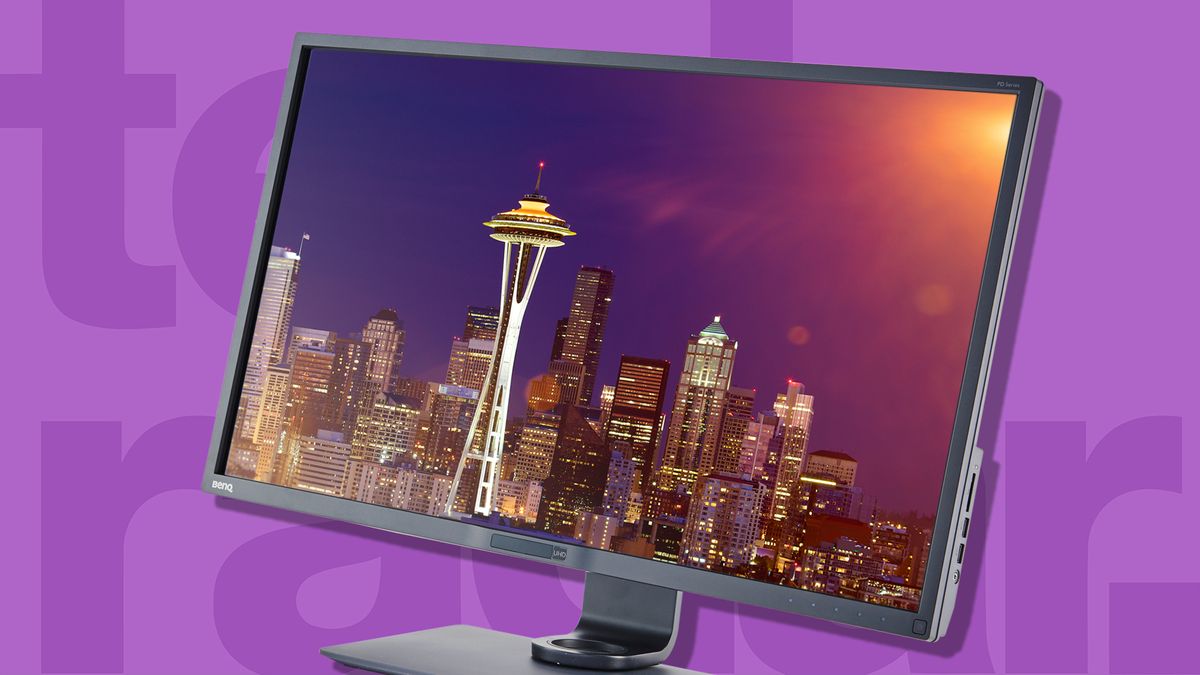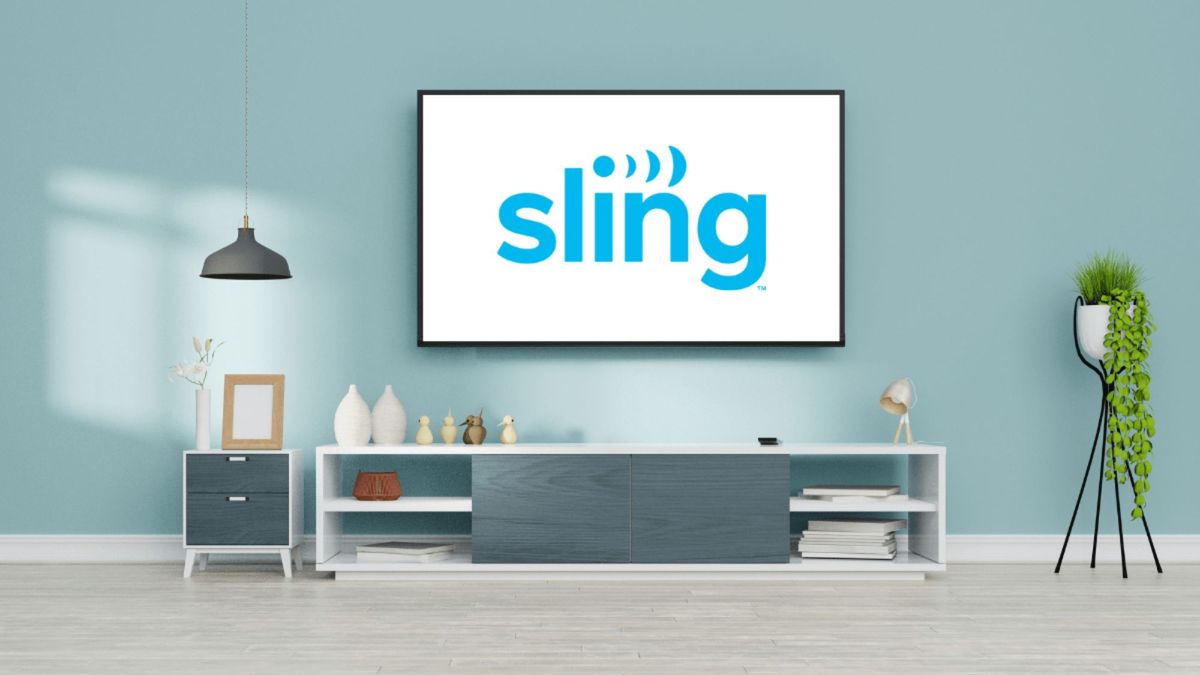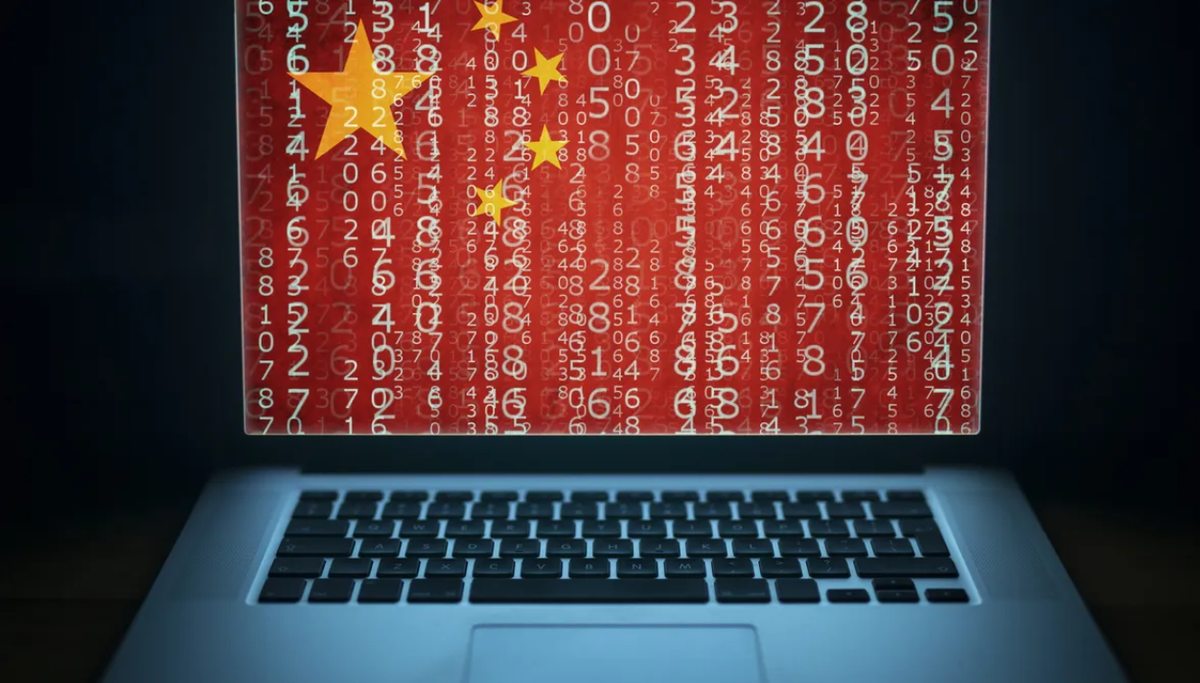Since the pandemic, hybrid work has become an inevitable part of our lives. Albeit by necessity, business leaders quickly adopted work from home technology and now, employee time is most likely split between the office and their home setup. That said, 46% of UK employees feel office workspaces do not allow them to work productively.
This is a challenge for business leaders, who must ensure office facilities and environments complement their home office counterparts. But it also presents a big opportunity, if done right. It’s no secret that technology plays a critical role here – but without full integration, where an organization’s entire technology suite works in perfect unison, businesses could be missing a trick. This may sound like a far-flung reality, but truly, smart offices might be closer than you think.
The office as an integrated ecosystem
Increasingly, new office buildings are being designed with hybrid working in mind, making use of building management and device management solutions to make the most efficient use of space. Business leaders and employees are increasingly looking to collaborate in a way that is both seamless and productive, and adopting an integrated ecosystem is going to help make this a reality.
Vice President for Europe at Samsung Display Solutions.
So, what is an integrated ecosystem? And what value do they add?
Essentially, this describes the way a variety of office technologies, from smart monitors to meeting room management systems and even dry-cleaning services, seamlessly work together and interconnect. With this, workplaces can offer a more streamlined and unified experience for employees and when managed centrally through a remote service platform, a host of new advantages become accessible.
For instance, meeting room management systems may streamline scheduling, access and space utilization, enhancing efficiency and reducing frustrations often associated with meeting room logistics. By integrating digital displays, meeting room booking software and real-time calendar syncing, employees can simply access information relevant to bookings, and receive timely notifications and alerts, increasing the probability that meetings will start smoothly and on time.
These technology ecosystems – for instance, PCs, smartphones and wearable tech that seamlessly connect and communicate with each other – are already commonplace in the consumer space. Now they’re becoming increasingly available for businesses. Existing technologies that feature remote management of devices and digital signage are already on the market. If full integration is to become a reality in the B2B space, it’s likely that display technology will be at the center of the innovation.
The benefits of display technology
There are a number of ways technology is expanding the boundaries that define traditional workplaces, smart monitors being one of them. As they work in tandem with temperature control and employees as they effortlessly switch between tasks, access information, and manage work environments, the true overarching value of a smart office can be seen.
At Samsung, we work with companies like Microsoft, Logitech, and Cisco, which are at the forefront of next-generation offices. In these workplaces, professional displays and smart monitors are equipped with energy-efficient applications and facilitate remote servicing. These displays also offer features like split-screen functionality, customizable workspaces, and compatibility with a range of devices, allowing for seamless transitions between work-related tasks and personal activities. This not only enhances productivity but allows users to optimize their professional setup, and then effortlessly transition to personal use once the day is done.
With teams based in various locations throughout the country, or globe, displays can also support with collaboration. 78% of CEOs believe remote collaboration needs to be thought of as a long-term business strategy, so it’s no surprise businesses are embracing smart offices equipped with displays that facilitate reduced energy consumption, optimized productivity, and offer seamless connections with other integrated technologies.
It’s only a matter of time before this becomes the daily norm, but what exactly might this look like?
Smart office = smart working
Picture this, it’s Monday morning in the not-so-distant future and you’ve arrived at your smart office…
You kick the work week off with a visual cue of streamlined efficiency. As you enter the office, sensors adjust the lighting to your preference and the temperature alters to your comfort zone. You pull out your smartphone which automatically connects to your smart monitor, two devices that play a central role in this connected ecosystem. Opening your personalized command center allows you to seamlessly manage tasks and environments. With a few taps, you check your schedule, order morning coffee, and reserve a conference room, all before settling into your workspace.
As you move throughout the office, your smartphone seamlessly connects to IoT devices. You arrive at your conference room, and the resident smart display autonomously recognizes you, checks you in and adjusts the smart desk and temperature to your preference. Your already prepared presentation appears on-screen as the display notifies you that your scheduled meeting starts in one minute. With comfort maximized and devices synced, you join with minimal distractions.
This level of connectivity enhances the day’s productivity and maximizes comfort. With real-time data and communication tools at your fingertips, collaboration has become more efficient, and decision-making streamlined. In this connected ecosystem, technology is not a distraction but a catalyst for optimizing the workday.
Where this leaves us
It’s clear that smart offices represent a pivotal leap forward in modern workplace environments. Offering new benefits that enhance efficiency, productivity, and overall employee well-being. The concepts are no longer confined to science fiction – businesses worldwide are actively transitioning to smart offices to gain a competitive edge. We’re preparing for a future where workspaces are more integrated, efficient, and user-centric than ever before.
As these advancements continue to evolve, they promise to reshape the way we work, interact and collaborate, ultimately fostering a more dynamic work environment.
We’ve featured the best business laptop.
This article was produced as part of TechRadarPro’s Expert Insights channel where we feature the best and brightest minds in the technology industry today. The views expressed here are those of the author and are not necessarily those of TechRadarPro or Future plc. If you are interested in contributing find out more here: https://www.techradar.com/news/submit-your-story-to-techradar-pro





